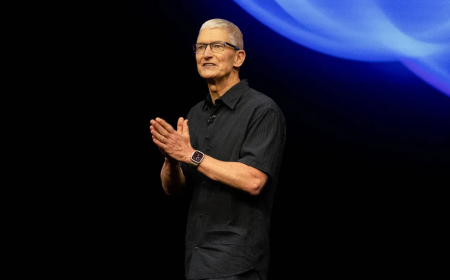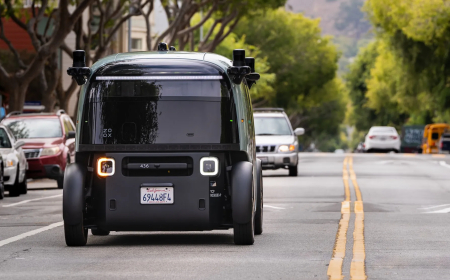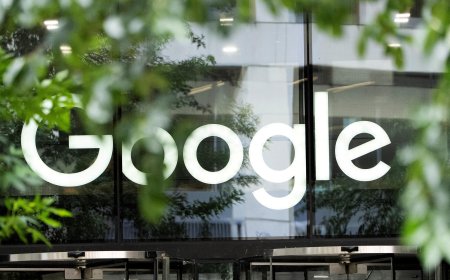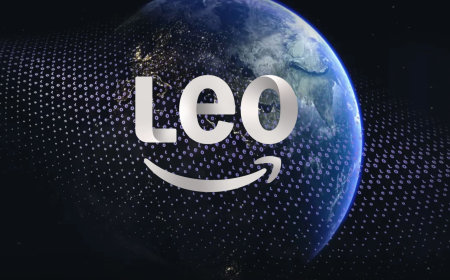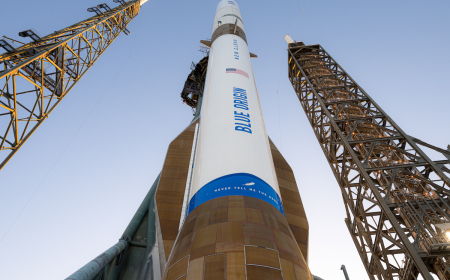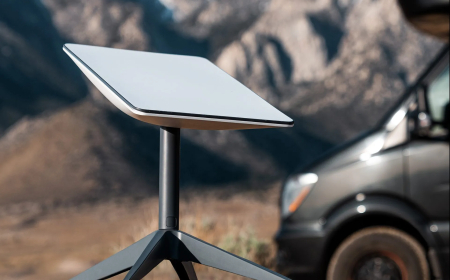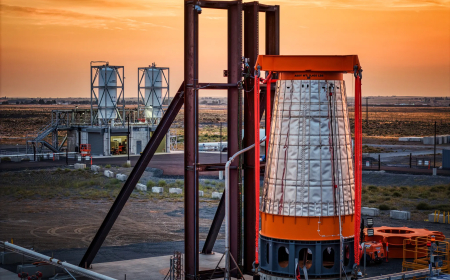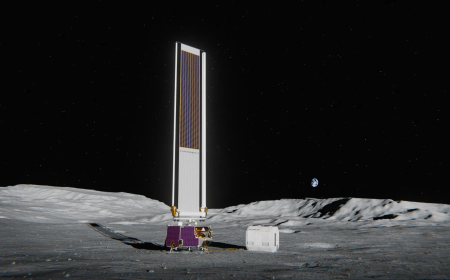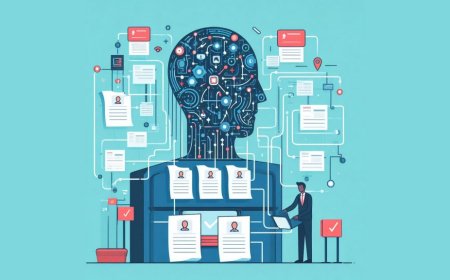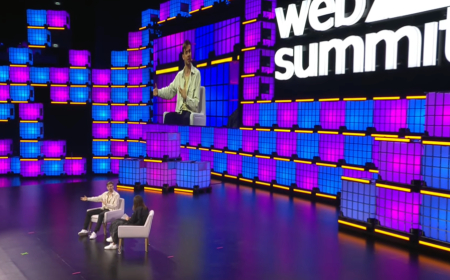The Billion-Dollar Infrastructure Deals Powering the AI Boom
Explore the massive investments in AI infrastructure driving the technology's growth, from Microsoft's $1 billion deal with OpenAI to Oracle’s $300 billion investment. Discover the key players behind the AI boom.

It takes a significant amount of computing power to run an AI product – and as the tech industry races to harness the power of AI models, a parallel effort is underway to build the infrastructure that will support them. On a recent earnings call, Nvidia CEO Jensen Huang estimated that between $3 and $4 trillion will be spent on AI infrastructure by the end of the decade, with much of that money coming from AI companies themselves. Along the way, they’re placing immense strain on power grids and pushing the industry’s building capacity to its limit.
Below, we’ve laid out everything we know about the largest AI infrastructure projects, including significant investments from Meta, Oracle, Microsoft, Google, and OpenAI. We’ll keep it updated as the boom continues, and the numbers climb even higher.
Microsoft’s $1 Billion Investment in OpenAI
This is arguably the deal that kicked off the contemporary AI boom: in 2019, Microsoft made a $1 billion investment in OpenAI, a buzzy non-profit organisation known primarily for its association with Elon Musk. Crucially, the deal made Microsoft the exclusive cloud provider for OpenAI – and as the demands of model training became more intense, more of Microsoft’s investment started to come in the form of Azure cloud credits rather than cash. It was a great deal for both sides: Microsoft was able to claim more Azure sales, and OpenAI got more money for its most significant single expense. In the years that followed, Microsoft would build its investment up to nearly $14 billion – a move that is set to pay off enormously when OpenAI converts into a for-profit company.
The partnership between the two companies has recently unravelled. In January, OpenAI announced it would no longer be using Microsoft’s cloud exclusively, instead giving the company a right of first refusal on future infrastructure demands but pursuing others if Azure couldn’t meet their needs. More recently, Microsoft began exploring other foundation models to power its AI products, establishing even more independence from the AI giant.
OpenAI’s arrangement with Microsoft was so successful that it’s become a common practice for AI services to sign on with a particular cloud provider. Anthropic has received $8 billion in investment from Amazon, while making kernel-level modifications on the company’s hardware to make it better-suited for AI training. Google Cloud has also signed on smaller AI companies like Loveable and Windsurf as “primary computing partners,” although those deals did not involve any investment. And even OpenAI has gone back to the well, receiving a $100 billion investment from Nvidia in September, which gives it the capacity to purchase even more of the company’s GPUs.
The Rise of Oracle
On June 30th, 2025, Oracle revealed in an SEC filing that it had signed a $30 billion cloud services deal with an unnamed partner, more than the company’s cloud revenues for all of the previous fiscal year. OpenAI was eventually revealed as the partner, securing Oracle a spot alongside Google as one of OpenAI’s string of post-Microsoft hosting partners. Unsurprisingly, the company’s stock shot up.
A few months later, it happened again. On September 10th, Oracle revealed a five-year, $300 billion deal for compute power, set to begin in 2027. Oracle’s stock climbed even higher, briefly making founder Larry Ellison the wealthiest man in the world. The sheer scale of the deal is stunning: OpenAI does not have $300 billion to spend, so the figure presumes immense growth for both companies, and more than a bit of faith. But before a single dollar is spent, the deal has already cemented Oracle as one of the leading AI infrastructure providers – and a financial force to be reckoned with.
Building Tomorrow’s Hyperscale Data Centres
For companies like Meta that already have significant legacy infrastructure, the story is more complicated – although equally expensive. Mark Zuckerberg has said that Meta plans to spend $600 billion on U.S. infrastructure through the end of 2028. In just the first half of 2025, the company spent $30 billion more than the previous year, mainly driven by the company’s growing AI ambitions. Some of that spending goes toward big-ticket cloud contracts, like a recent $10 billion deal with Google Cloud, but even more resources are being poured into two massive new data centres. A new 2,250-acre site in Louisiana, dubbed Hyperion, is expected to cost an estimated $10 billion to develop and provide approximately 5 gigawatts of computing power. Notably, the site features an arrangement with a local nuclear power plant to accommodate the increased energy demand. A smaller site in Ohio, called Prometheus, is expected to come online in 2026, powered by natural gas.
That kind of buildout comes with real environmental costs. Elon Musk’s xAI built its own hybrid data centre and power-generation plant in South Memphis, Tennessee. The plant has quickly become one of the county’s largest emitters of smog-producing chemicals, thanks to a string of natural gas turbines that experts say violate the Clean Air Act.
The Stargate Moonshot
Just two days after his second inauguration, President Trump announced a joint venture between SoftBank, OpenAI, and Oracle, meant to spend $500 billion building AI infrastructure in the United States. Named “Stargate” after the 1994 film, the project arrived with incredible amounts of hype, with Trump calling it “the largest AI infrastructure project in history.” Sam Altman seemed to agree, saying, “I think this will be the most important project of this era.”
In broad strokes, the plan was for SoftBank to provide the funding, with Oracle handling the buildout with input from OpenAI. Overseeing it all was Trump, who promised to clear away any regulatory hurdles that might slow down the build. But there were doubts from the beginning, including from Elon Musk, Altman’s business rival, who claimed the project did not have the available funds.
As the hype has died down, the project has lost some momentum. In August, Bloomberg reported that the partners were failing to reach a consensus. Nonetheless, the project has moved forward with the construction of eight data centres in Abilene, Texas, with construction on the final building set to be finished by the end of 2026.
What's Your Reaction?
 Like
0
Like
0
 Dislike
0
Dislike
0
 Love
0
Love
0
 Funny
0
Funny
0
 Angry
0
Angry
0
 Sad
0
Sad
0
 Wow
0
Wow
0





